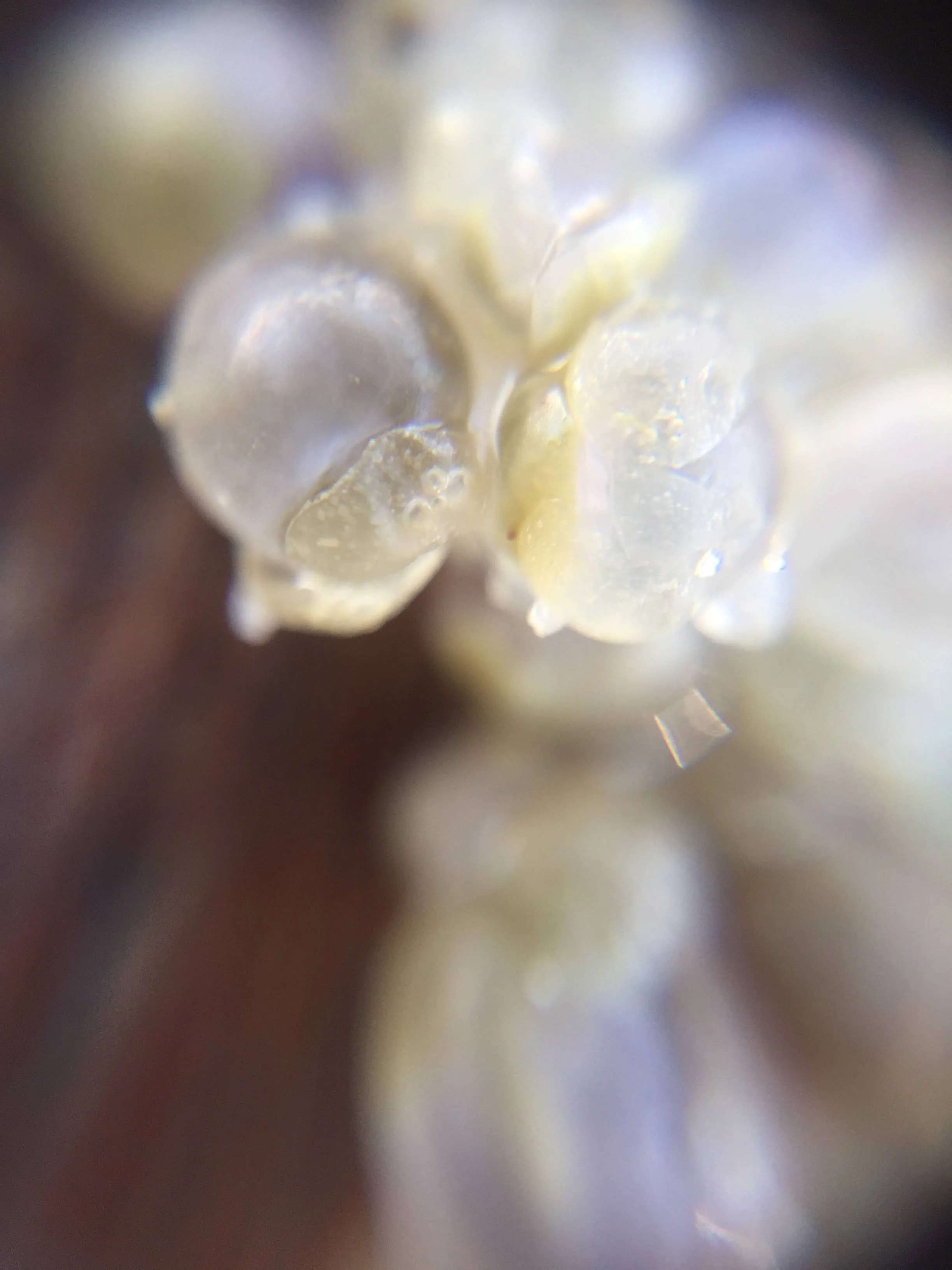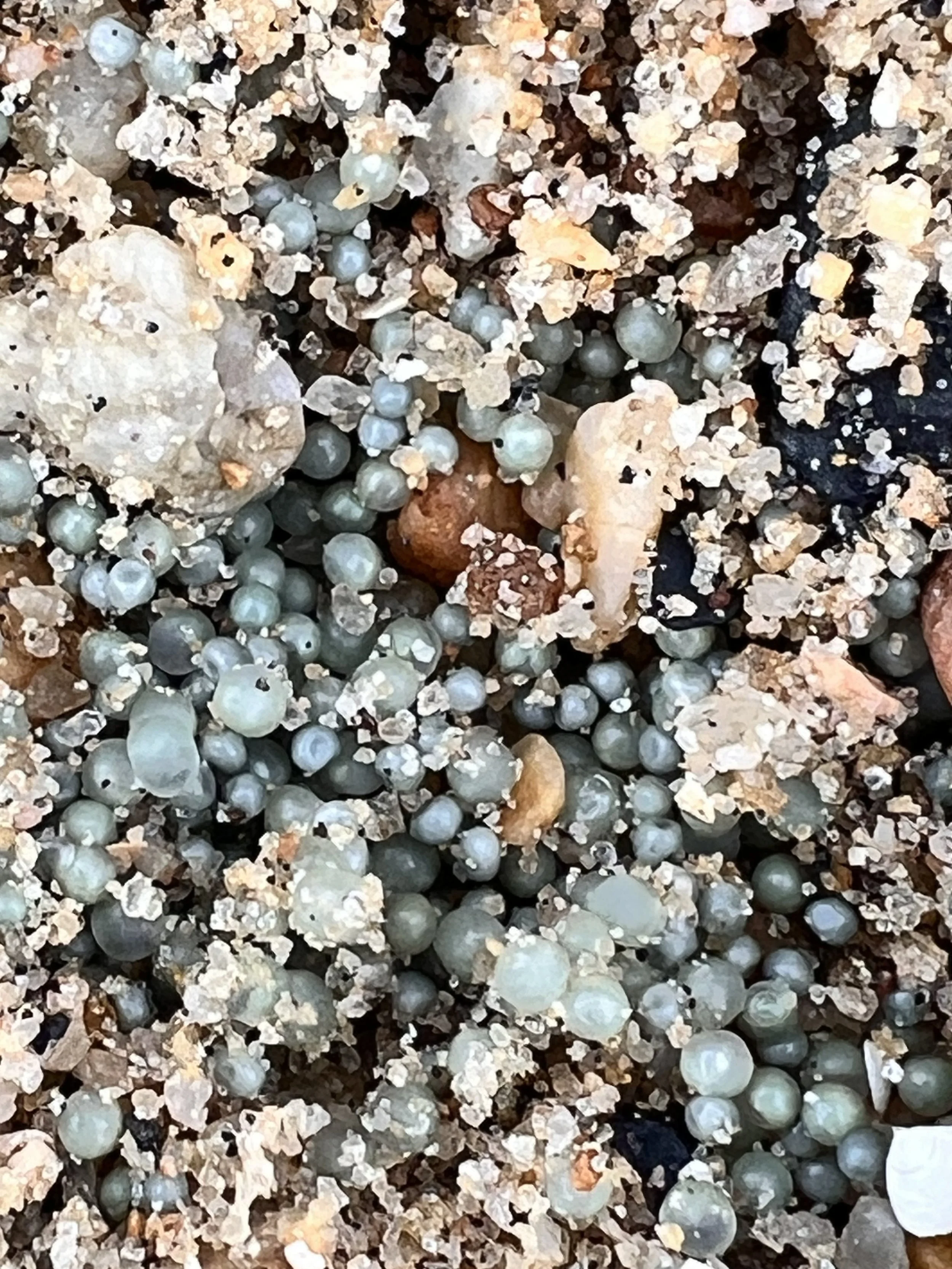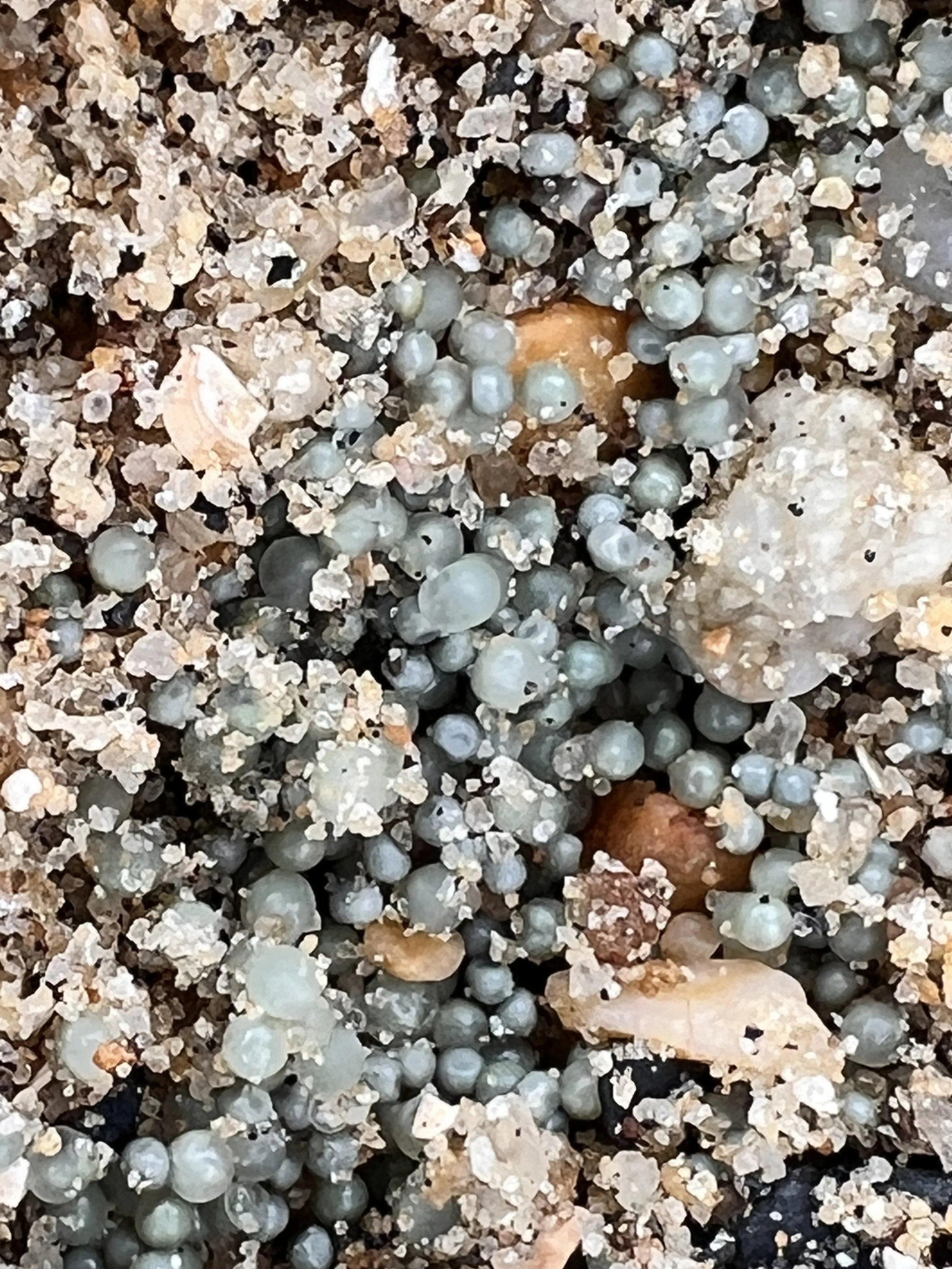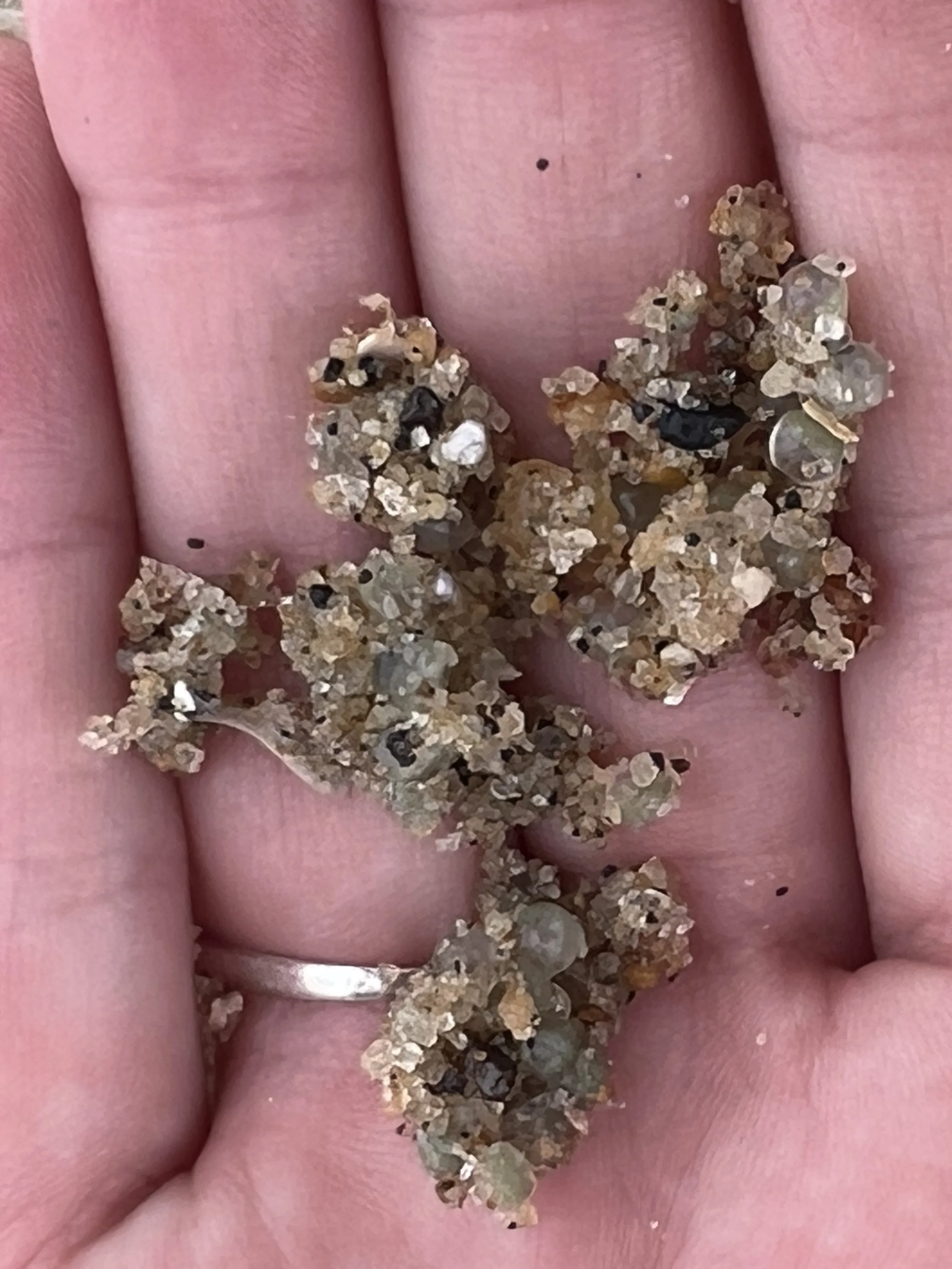2025 VOLUNTEER MONITORING DATES AND TIMES
Friday, May 16 at 6:00pm - Volunteer Training & Egg Density Study for Atlantic Highlands and Leonardo. Meet at the end of First Avenue in Atlantic Highlands in the gravel parking lot near the beach.
Friday, May 30 at 6pm - Volunteer Training & Egg Density Study for Atlantic Highlands and Leonardo. Meet at the end of First Avenue in Atlantic Highlands in the gravel parking lot near the beach.
Wednesday, June 18 at 7:30pm - Egg Density Study for Atlantic Highlands and Leonardo. Meet at the end of First Avenue in Atlantic Highlands in the gravel parking lot near the beach.
HELP CONDUCT A HORSESHOE CRAB EGG DENSITY STUDY.
Volunteers with Save Coastal WIldlife will help scan the shoreline along Sandy Hook Bay and Raritan Bay to evaluate the sufficiency of horseshoe crab eggs for migratory shorebirds and other wildlife to feed and for the local horseshoe crab population to increase.
Horseshoe crab (Limulus polyphemus) eggs are an important food sources for many animals around New York Harbor, including Sandy Hook Bay and Raritan Bay in New Jersey.
Unfortunately, decades of over-harvesting from commercial fishing has caused a rapid decline in horseshoe crabs, leading to reduced horseshoe crab egg abundance and limiting biodiversity around the estuary.
The objective of this community science project is to evaluate the density of horseshoe crab eggs to determine the amount of egg-density sites along Dandy Hook Bay and Raritan Bay to provide enough sources of food for migratory shorebirds and other wildlife and to provide enough eggs for the horseshoe crab population to grow and strenghten.
SUBSCRIBE
Sign up with your email address to receive the latest wildlife news and updates about volunteer and citizen science activities with Save Coastal Wildlife Nonprofit.
We only send information about volunteer and citizen science activities via email.
Find out the most recent information before anyone else.
All volunteers are required to fill out the volunteer waiver Form before starting the project.
WHY DO WE CARE ABOUT MONITORING HORSESHOE CRAB EGGS?
Volunteer Duties
During May, June and early July, volunteers with staff from Save Coastal Wildlife will go out during low tide to collect sediment on several beaches along Sandy Hook Bay and Raritan Bay, New Jersey to estimate egg density. At each location, core samples will be taken to locate horseshoe crab eggs. Volunteers will dig in the sand to uncover eggs and determine their health, age and population.
Horseshoe crab eggs are tiny, but Important for life on our planet.
Female horseshoe crabs partially bury themselves in the sand while depositing clusters of about 4,000 tiny eggs at a time.
In one evening, a female crab can lay several egg clusters, and she may spawn repeatedly over several nights to lay 100,000 or more eggs. The male will fertilize the eggs after the female deposits the eggs in the sand.
The eggs will hatch within two to four weeks, maybe longer depending on the temperature of the sand. Tiny horseshoe crabs emerge from sandy beaches and move to shallow waters of an estuary to hide and feed for the next 8 to 10 to 12 years before they mature. Young horseshoe crabs look like miniature adults. They spend their first few years close to shore, but move farther offshore as they get older. Horseshoe crabs can live for more than 20 years, which is a long lifespan for an arthropod, but short compared to their importance as a food source for a variety of life.
Coastal species depend on Horseshoe Crab eggs as an important food source along the Jersey Shore.
At least 11 species of migratory shorebirds use horseshoe crab eggs as their primary food supply to refuel a long-distance flight to Arctic breeding grounds. Species of migratory shorebirds that depend on horseshoe crab eggs include the red knot, ruddy turnstone, semipalmated sandpiper, semipalmated plover, black-bellied plover, and the dowitcher. The eggs replenish fat supplies during their trip from South American wintering areas to Arctic breeding grounds. Without horseshoe crab eggs, many shorebirds will not have enough energy to continue their flight north and will die from exhaustion.
Other birds that consume horseshoe crabs include laughing gulls and other species of gulls and crows too, which eat horseshoe crab eggs in the spring when crabs breed.
Most of the eggs consumed by birds are from nests that have been disrupted by waves, storms, and other birds, so the feeding of horseshoe crab eggs does not have an adverse effect on the breeding success of the horseshoe crab.
In addition, horseshoe crab eggs and larvae are a seasonal food item for a variety of fish including striped bass, weakfish, kingfish, the American eel, winter flounder , and silver perch. Furthermore, several species of bait fish will consume eggs and larvae including species of killifish and silversides. Additionally, species of whelks have been known to feed on horseshoe crab eggs and larvae, as well as blue-claw crabs, lady crabs and mud crabs. Horseshoe crab larvae and juvenile horseshoe crabs are also eaten by both loggerhead and Kemp Ridley sea turtles.





